Home>Home Maintenance>After A Home Inspection, How Many Days Does A Buyer Have To Ask The Seller To Make Repairs?


Home Maintenance
After A Home Inspection, How Many Days Does A Buyer Have To Ask The Seller To Make Repairs?
Modified: March 6, 2024
Discover how long a buyer has to request repairs after a home inspection. Effectively manage home maintenance by understanding your rights in the buying process
(Many of the links in this article redirect to a specific reviewed product. Your purchase of these products through affiliate links helps to generate commission for Storables.com, at no extra cost. Learn more)
Introduction
Welcome to the world of home inspections! If you’re in the process of buying a home, chances are you’ve heard of this crucial step in the homebuying process. A home inspection is a thorough evaluation of a property’s condition, designed to identify any potential issues or areas that may require attention. It provides buyers with valuable information about the property’s overall condition, allowing them to make informed decisions and negotiate repairs, if necessary.
In this article, we’ll delve into the topic of buyer’s requests for repairs after a home inspection and discuss the timeframe typically given to buyers to ask sellers to make these repairs. We’ll explore the negotiation process, setting deadlines, and how sellers respond to repair requests. By the end, you’ll have a better understanding of what to expect when it comes to repair negotiations after a home inspection. So, let’s dive in!
Key Takeaways:
- Don’t rush! Buyers typically have a window of opportunity to ask sellers for repairs after a home inspection. Negotiation and clear communication are key to reaching a fair agreement.
- Specificity is key! When requesting repairs, be detailed and prioritize critical issues. Both buyers and sellers should work together to find a mutually beneficial solution.
Understanding Home Inspections
Before we jump into the specifics of repair requests, let’s first gain a basic understanding of home inspections. A home inspection is an objective examination of a property’s condition, conducted by a licensed professional known as a home inspector.
During a home inspection, the inspector will thoroughly evaluate various aspects of the property, including the structural integrity, electrical systems, plumbing, heating and cooling systems, roof, and more. They will look for any signs of damage, safety hazards, or areas that may need attention in the near future.
The purpose of a home inspection is to provide buyers with a comprehensive overview of the property’s condition. It helps identify any potential issues that may not be easily noticeable to the untrained eye. Armed with this information, buyers can make informed decisions about the purchase and negotiate repairs or adjustments to the contract if necessary.
It’s important to note that a home inspection is not a pass or fail assessment. Rather, it is a way for buyers to gain a better understanding of the property they are considering purchasing. After the inspection, buyers can assess the information and determine if they want to move forward with the purchase, negotiate repairs with the seller, or even opt out of the deal altogether.
Now that we have a clear idea of what a home inspection entails, let’s explore the process of making repair requests as a buyer.
Buyer’s Request for Repairs
After the completion of a home inspection, buyers have the opportunity to request repairs or changes to the property before finalizing the purchase. This request is typically made through a formal document, such as a Repair Addendum or Request for Repair.
When preparing the request, it’s important for buyers to be specific about the repairs they are requesting. Rather than simply stating that repairs are needed, buyers should provide details about the issues discovered during the inspection and the specific repairs they are requesting.
For example, instead of saying “repair the roof,” it would be more effective to say “repair the loose shingles on the northwest corner of the roof.” The more specific the request, the easier it will be for the seller to understand and address the issue.
Additionally, it’s beneficial to prioritize the repair requests. Buyers should identify the most critical repairs that are necessary for the safety or functionality of the property. This way, sellers can clearly understand which repairs are of highest importance to the buyers.
It is important to note that not all repair requests will be agreed upon by the seller. Buyers should be prepared for negotiation and understand that the seller may not agree to all requested repairs. The negotiation process is a crucial step in reaching a mutually satisfactory agreement between both parties.
Now that we know how buyers can request repairs, let’s discuss the negotiation process for repair responsibilities.
Negotiating Repair Responsibilities
Once the buyer has submitted their request for repairs, the negotiation process begins. In this phase, the buyer and seller will work together to determine who will be responsible for addressing and covering the cost of the requested repairs.
During the negotiation, it’s important for both parties to maintain open lines of communication and approach the process with a cooperative mindset. The goal is to find a resolution that is fair and reasonable for both the buyer and the seller.
Here are a few key points to keep in mind when negotiating repair responsibilities:
- Be prepared: Before entering into negotiations, it’s essential for buyers to have a clear understanding of the repair requests they have made and their priorities. It’s also important for sellers to thoroughly review the requests and consider their options.
- Seek expert opinions: In some cases, it may be beneficial to get opinions or estimates from qualified professionals regarding the repairs. This can provide both parties with additional information to support their negotiation positions.
- Consider the age and condition of the property: When determining repair responsibilities, the age and overall condition of the property should be taken into account. It may not be reasonable to expect a seller to address all minor issues in an older home, but major structural or safety concerns should be addressed.
- Keep emotions in check: Negotiations can sometimes become heated, but it’s crucial to approach the process in a calm and professional manner. By keeping emotions in check, both parties can focus on finding a mutually beneficial solution.
- Explore alternative options: If the seller is unable or unwilling to address all the requested repairs, there may be alternative solutions to consider. These could include adjusting the purchase price to account for the repairs, providing a seller credit, or including a home warranty.
Remember, the negotiation process may take some time and require back-and-forth communication. It’s important for both parties to be patient and willing to find common ground.
Next, let’s discuss setting a reasonable deadline for repairs.
A buyer typically has around 7-10 days after a home inspection to request repairs from the seller. It’s important to review the contract and negotiate any repairs promptly.
Setting a Deadline for Repairs
Once the buyer and seller have agreed on the repairs to be made, it’s important to establish a reasonable deadline for completing the repairs. The deadline should provide enough time for the seller to make the necessary arrangements and complete the work, while also allowing the buyer to re-evaluate the property before finalizing the purchase.
When setting a deadline, it’s essential to consider the complexity of the repairs and the availability of contractors or service providers. Some repairs may require specialized expertise or materials, which could impact the timeline for completion.
Additionally, it’s important to factor in any other contingencies or requirements outlined in the purchase agreement. For example, if the buyer’s mortgage lender requires certain repairs to be completed before closing, the deadline should align with these requirements.
Open and clear communication between the buyer and seller is crucial during this stage. Both parties should stay in touch and provide updates on the progress of the repairs. If any unforeseen issues arise that may cause delays, it’s important to communicate these promptly and work together to find a solution.
It’s also important for the buyer to schedule a re-inspection of the property after the repairs are completed. This allows them to ensure that the repairs have been done to their satisfaction and that the property now meets the agreed-upon standards.
By setting a reasonable deadline for repairs and maintaining good communication, both the buyer and seller can work towards a successful resolution.
Next, let’s discuss how sellers typically respond to repair requests.
Seller’s Response to Repair Requests
After the buyer submits their request for repairs, it is the seller’s turn to respond. Sellers have a few options when it comes to responding to repair requests, and their decision will depend on various factors, including their financial situation, contractual obligations, and motivation to sell the property.
Here are some possible responses from sellers:
- Agree to all repair requests: In some cases, the seller may agree to address all the requested repairs. This can happen when the repairs are minor or when the seller is motivated to maintain a good relationship with the buyer and close the sale smoothly.
- Partial agreement: The seller may agree to some, but not all, of the repair requests. This could happen if the requested repairs are substantial or if the seller wants to negotiate and find a middle ground that is acceptable to both parties.
- Counteroffer: Sellers also have the option to counteroffer the repair requests. They may propose alternative solutions, such as offering a credit or reducing the purchase price, rather than completing the repairs themselves. This allows the seller to address the buyer’s concerns while potentially saving on time and expenses.
- Deny the repair requests: In some cases, the seller may choose to deny the repair requests altogether. This could occur if the seller believes the requested repairs are unreasonable or if they are not financially able to address them. The buyer will then need to decide whether to proceed with the purchase, negotiate further, or ultimately walk away from the deal.
It’s important to note that the response from the seller may initiate further negotiation between both parties. Buyers and sellers can work together to find a resolution that is fair and meets the needs of both parties.
Now that we’ve explored the seller’s response, let’s move on to finalizing the repair agreement.
Finalizing the Repair Agreement
Once the buyer and seller have reached an agreement on the requested repairs, it’s important to formalize the agreement in writing. This ensures that both parties have a clear understanding of their responsibilities and helps avoid any misunderstandings down the line.
The repair agreement should outline the details of the agreed-upon repairs, including the specific repairs to be made, who is responsible for completing them, and the deadline for completion. It’s also important to include any agreed-upon adjustments to the purchase price, seller credits, or other arrangements.
The agreement should be signed by both the buyer and the seller to indicate their acceptance and commitment to fulfill their respective obligations. Having a written agreement not only provides peace of mind but also serves as a reference point in case there are any disputes or issues during or after the repair process.
During the repair process, the buyer should ensure that the repairs are being completed in a satisfactory manner. It may be beneficial for the buyer to schedule a final walkthrough of the property before closing to verify that the repairs have been completed according to the agreed-upon standards.
If any issues are identified during the final walkthrough, the buyer should communicate these concerns to the seller as soon as possible. It’s important to address these issues before finalizing the purchase to ensure a smooth and satisfactory closing process.
By finalizing the repair agreement in writing and conducting a final inspection, both the buyer and seller can have peace of mind knowing that the agreed-upon repairs have been completed.
Let’s wrap up what we’ve discussed so far
Conclusion
Navigating the process of buyer’s requests for repairs after a home inspection can be a complex and crucial part of the homebuying process. By understanding the steps involved and having clear communication between the buyer and seller, both parties can work towards a resolution that meets their needs.
Home inspections provide buyers with valuable insights into the condition of the property, allowing them to make informed decisions and negotiate repairs if necessary. Buyers can submit a formal request for repairs, being specific and prioritizing the most critical repairs.
The negotiation process involves open communication and a cooperative mindset. Both parties should be prepared, seek expert opinions if needed, consider the age and condition of the property, and explore alternative solutions if necessary.
Setting a reasonable deadline for repairs allows the seller to address the issues while still giving the buyer enough time to re-evaluate the property. Open communication and scheduling a final inspection are important to ensure that the repairs meet the agreed-upon standards.
The seller has the option to agree to all or some of the repair requests, counteroffer, or deny the requests altogether. Both parties should work towards finding a resolution that is fair and reasonable.
Finally, it is crucial to finalize the repair agreement in writing, outlining the specifics of the repairs, responsible parties, and the deadline for completion. Conducting a final walkthrough ensures that the repairs have been satisfactory.
In summary, the process of buyer’s requests for repairs after a home inspection requires collaboration, clear communication, and a willingness to find mutually beneficial solutions. By navigating this process effectively, both buyers and sellers can move towards a successful and satisfying transaction.
Remember, each real estate transaction is unique, and it’s always a good idea to consult with real estate professionals, such as agents or attorneys, who can provide guidance and support specific to your situation.
Frequently Asked Questions about After A Home Inspection, How Many Days Does A Buyer Have To Ask The Seller To Make Repairs?
Was this page helpful?
At Storables.com, we guarantee accurate and reliable information. Our content, validated by Expert Board Contributors, is crafted following stringent Editorial Policies. We're committed to providing you with well-researched, expert-backed insights for all your informational needs.



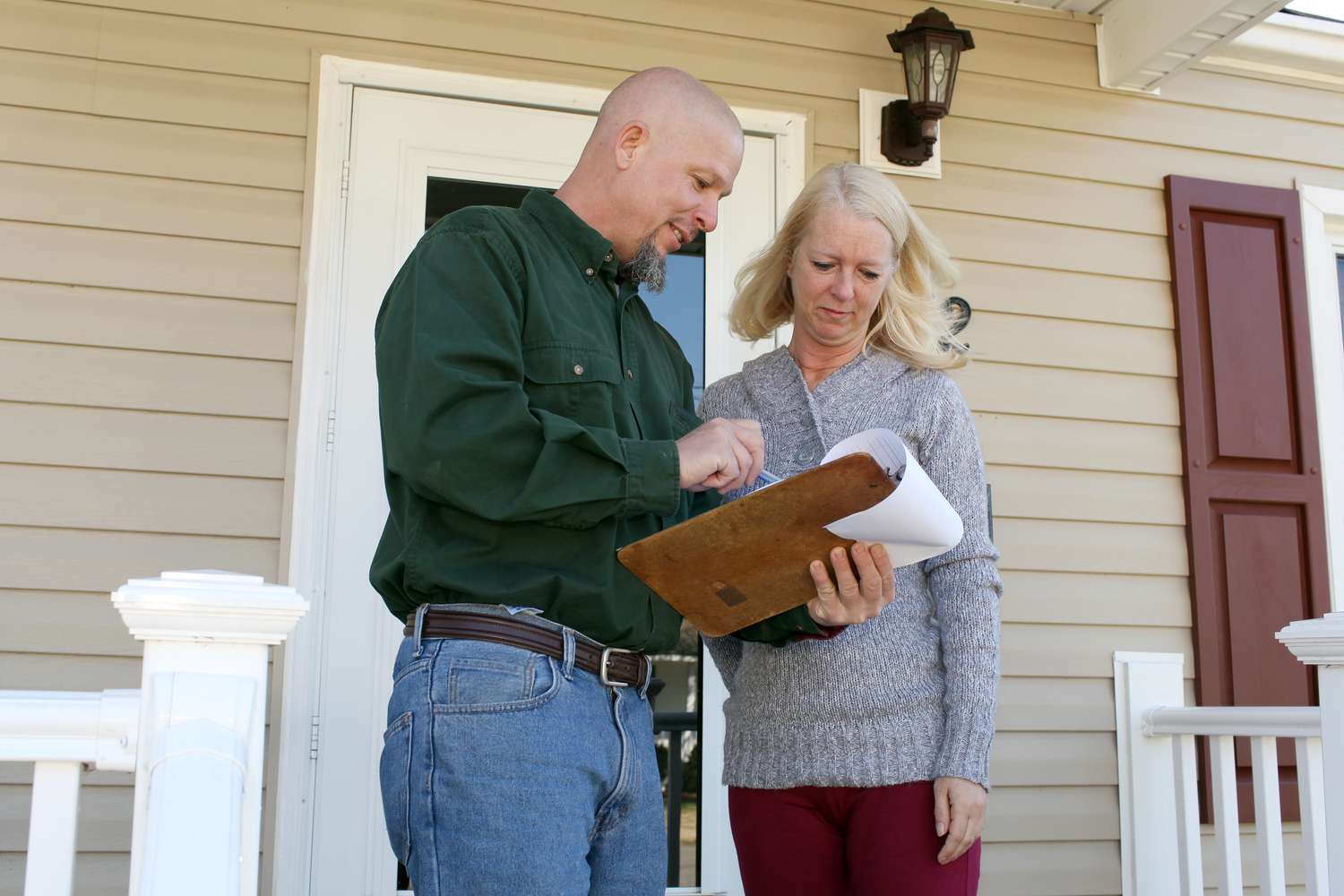

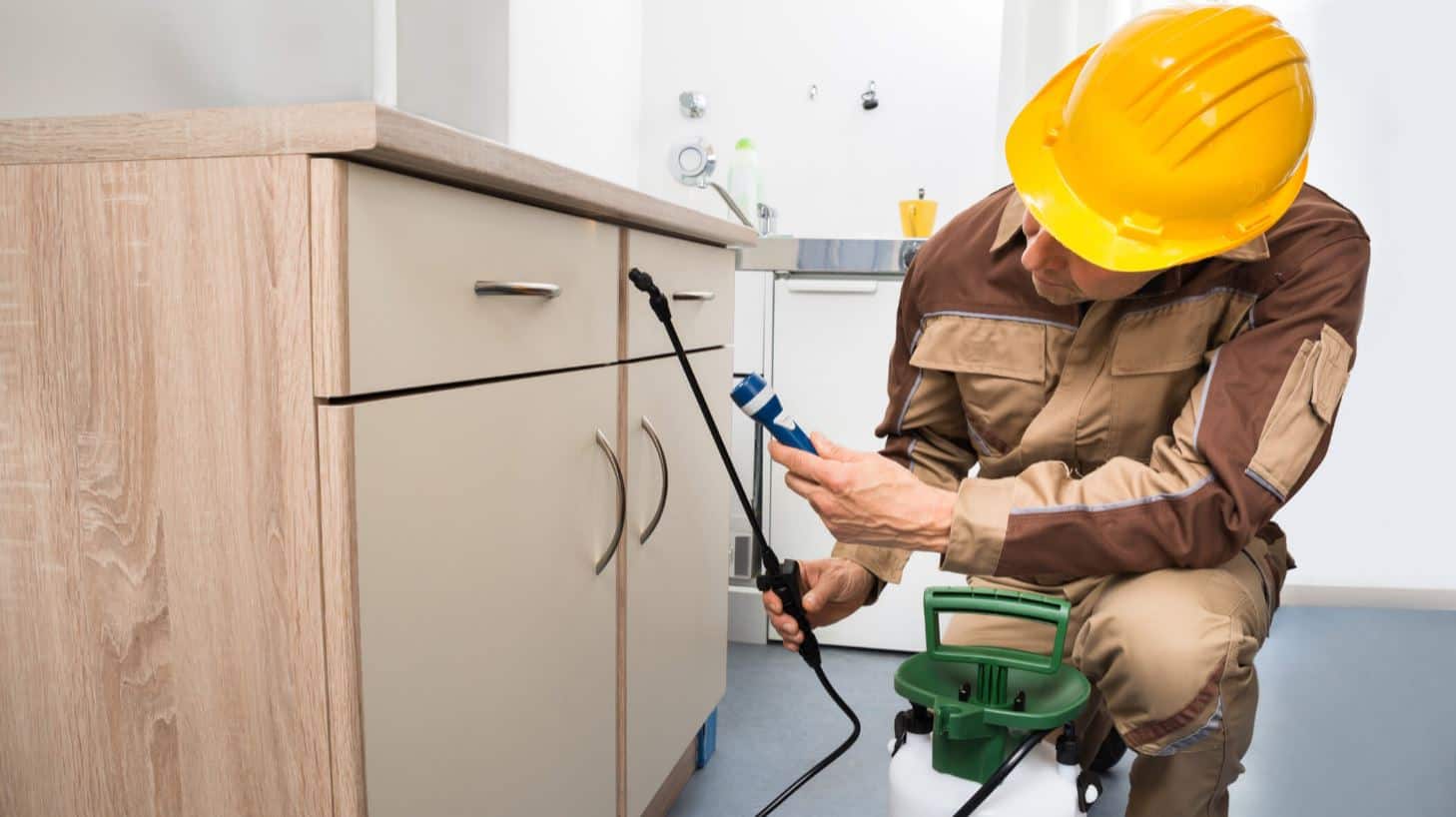


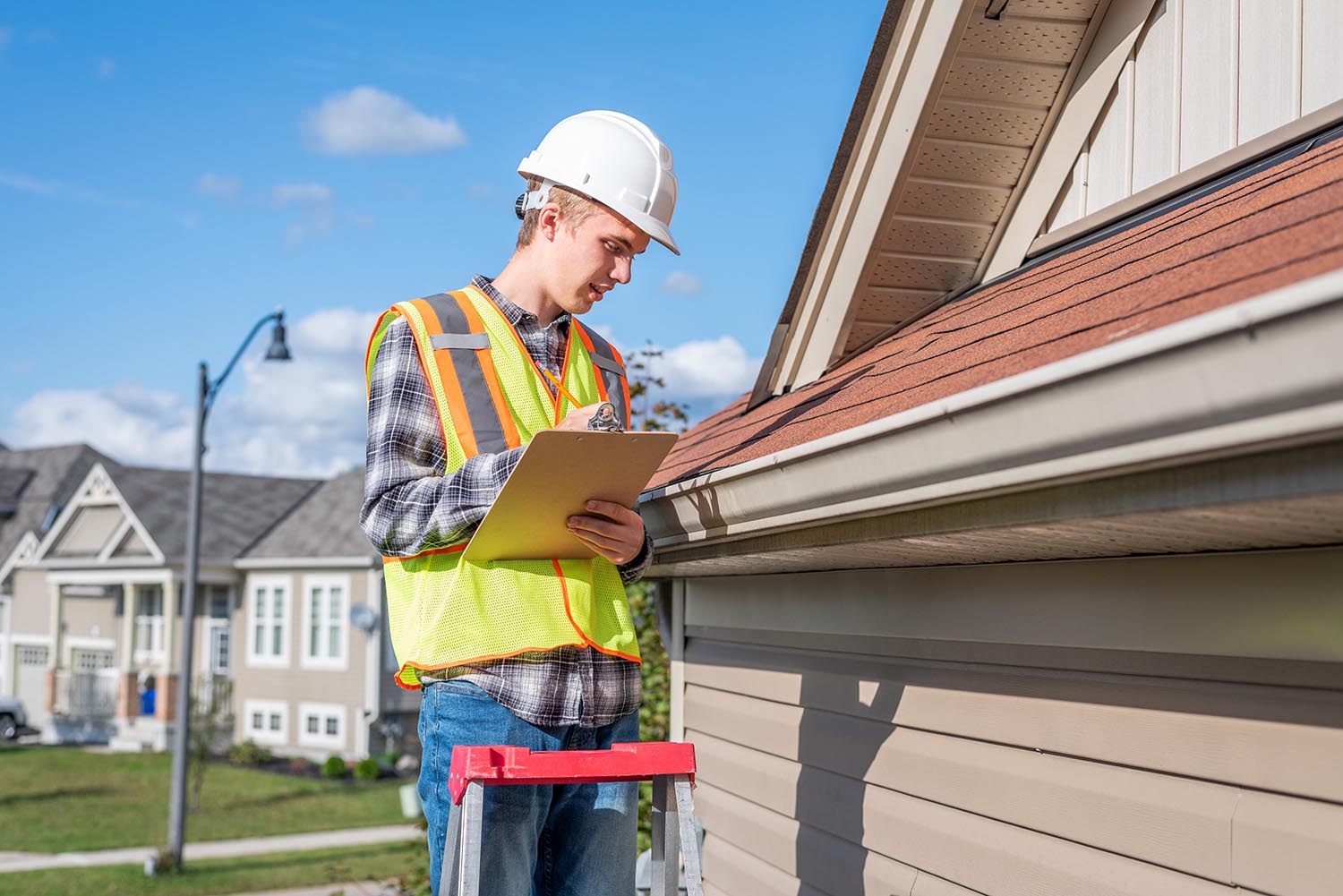

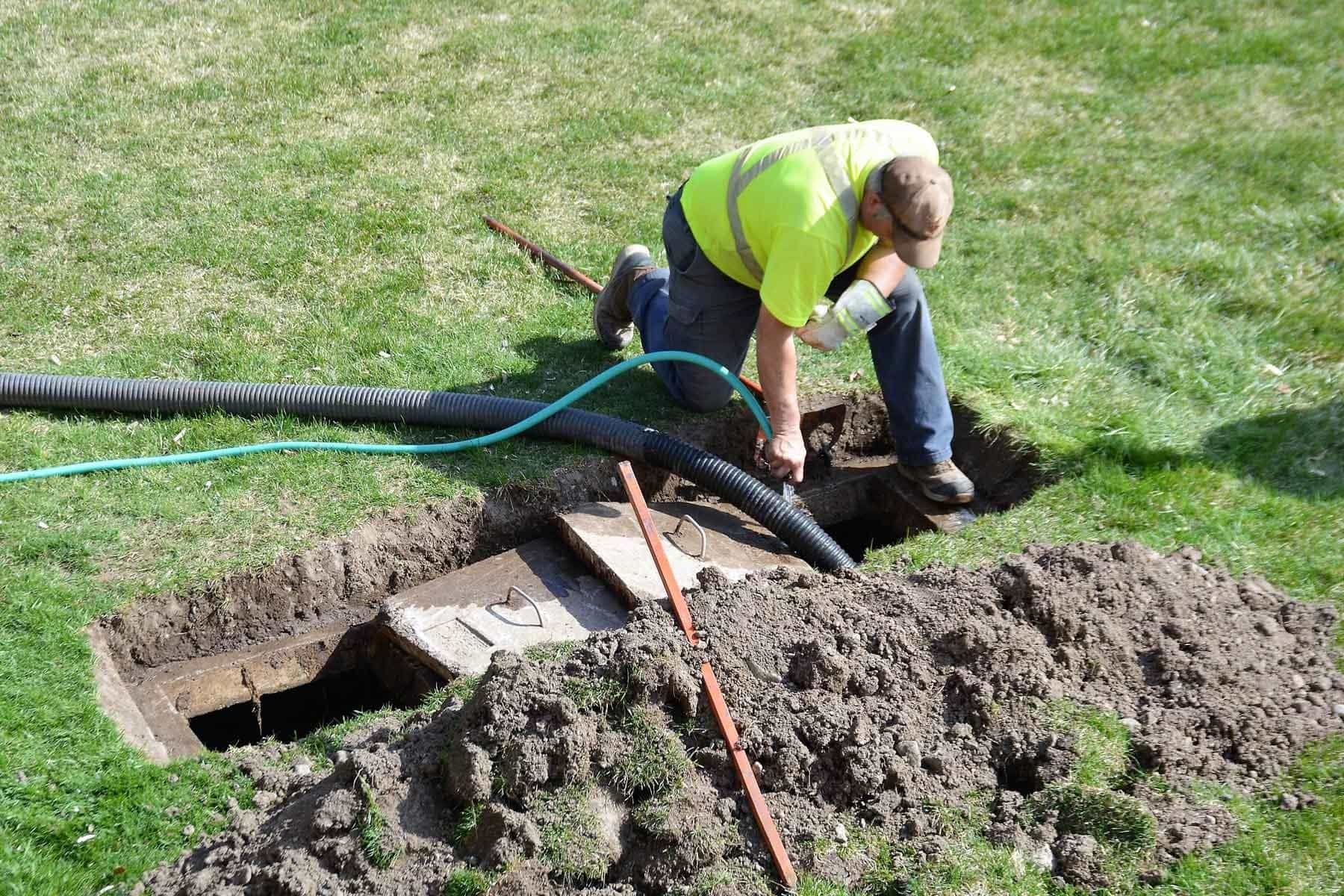
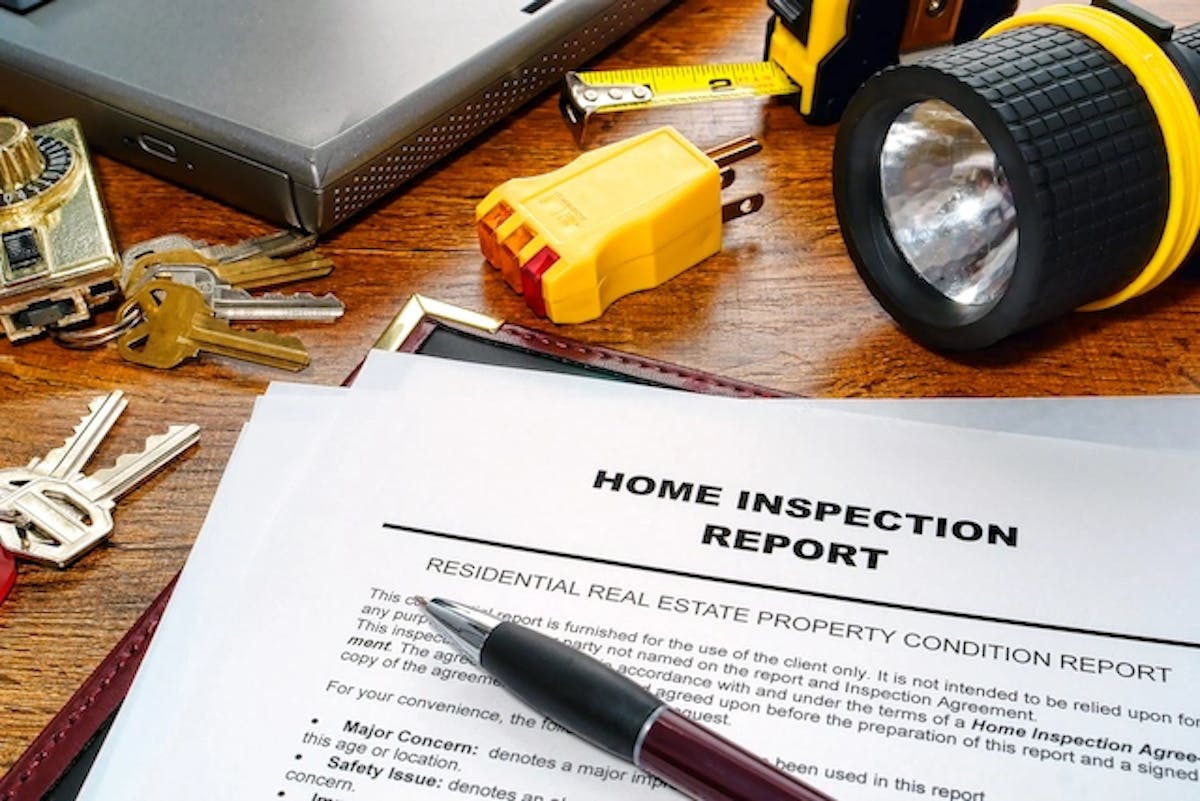
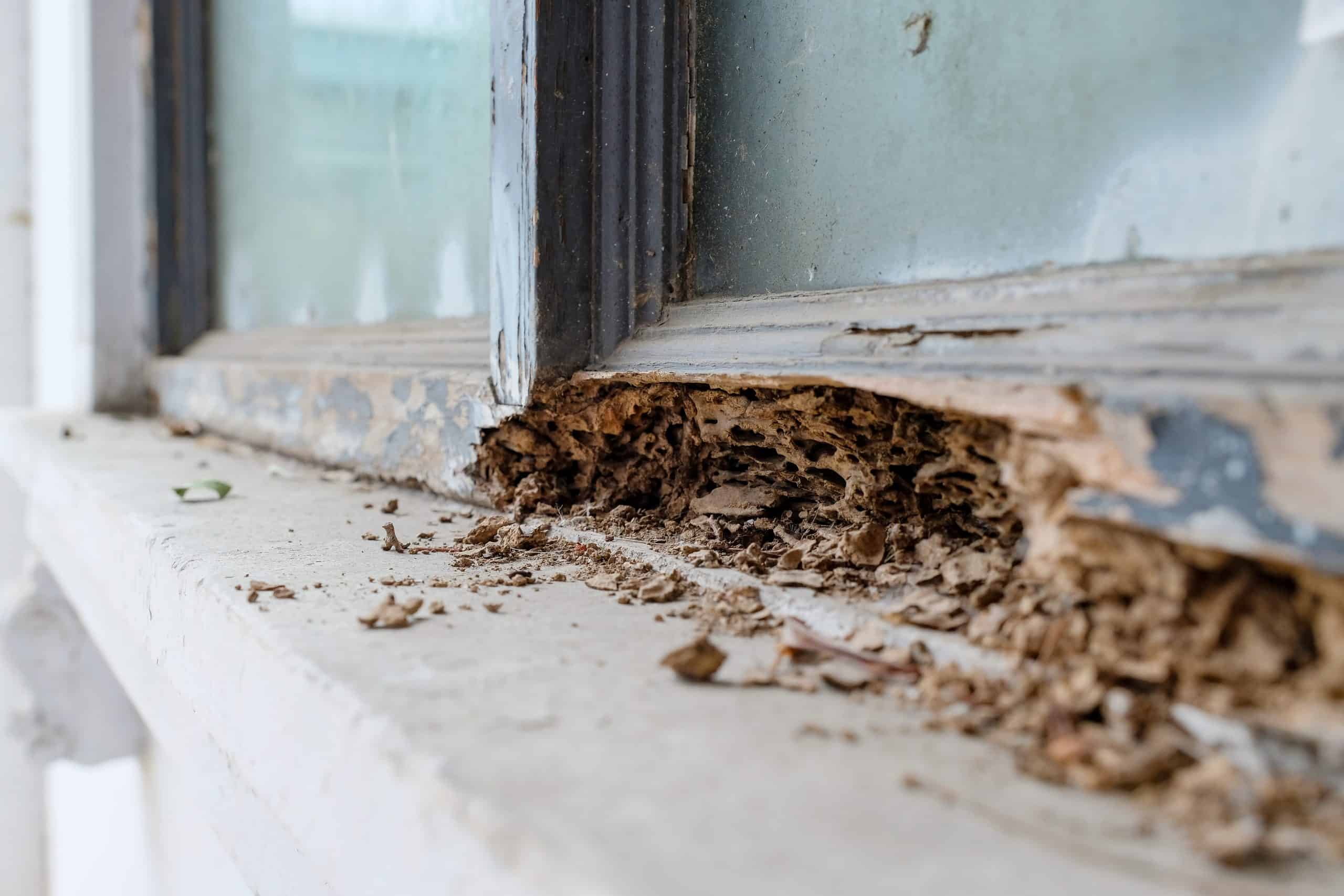
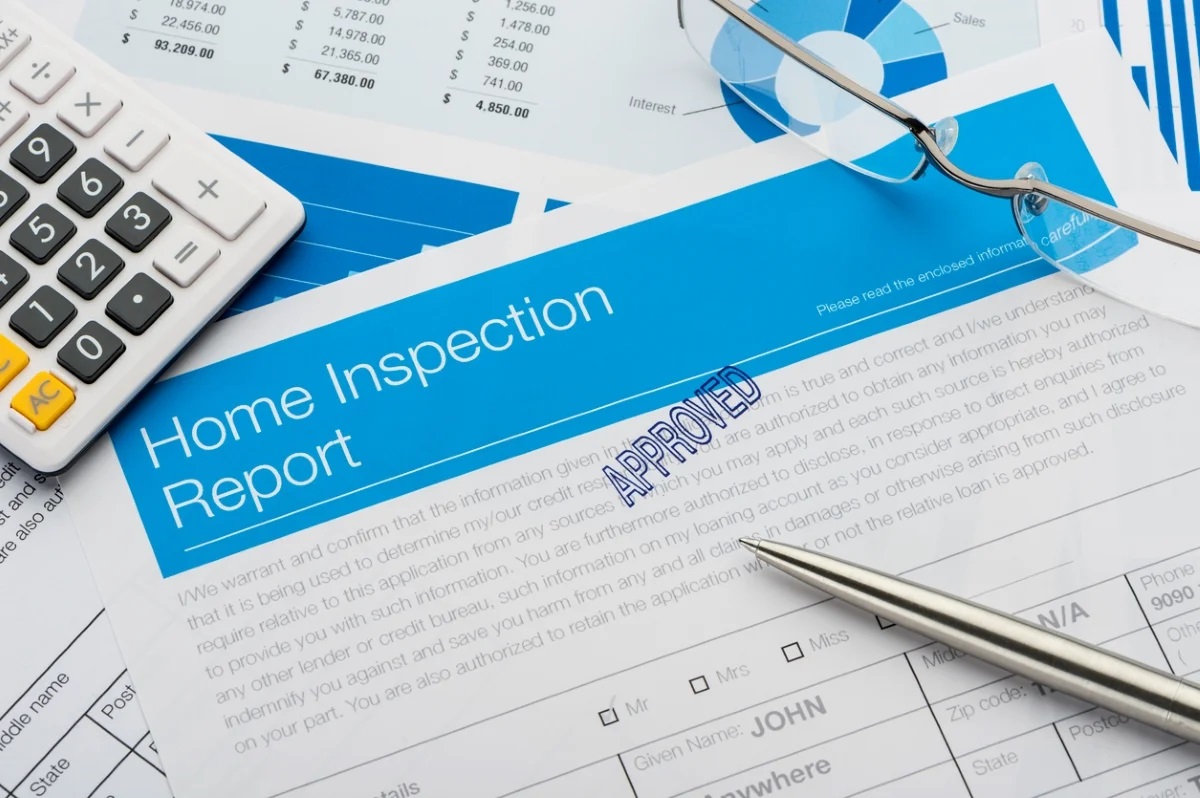

0 thoughts on “After A Home Inspection, How Many Days Does A Buyer Have To Ask The Seller To Make Repairs?”